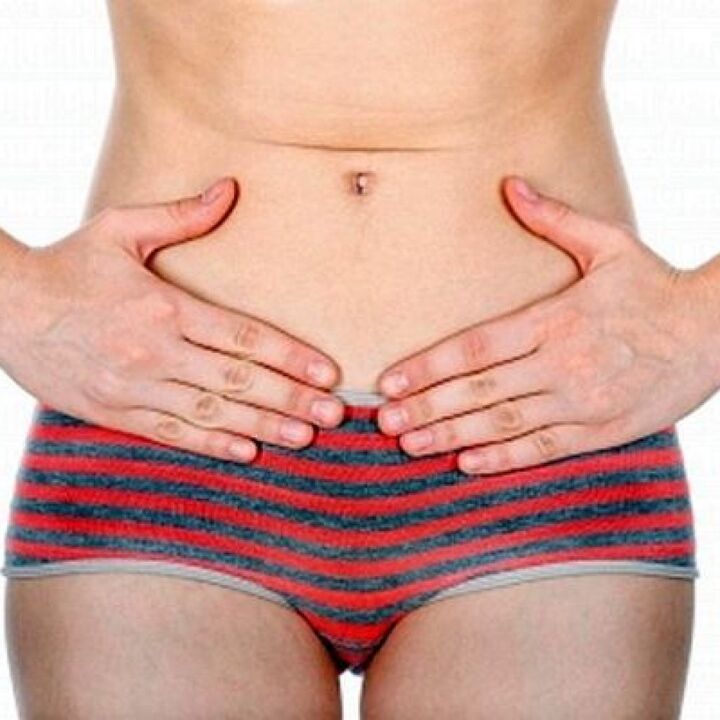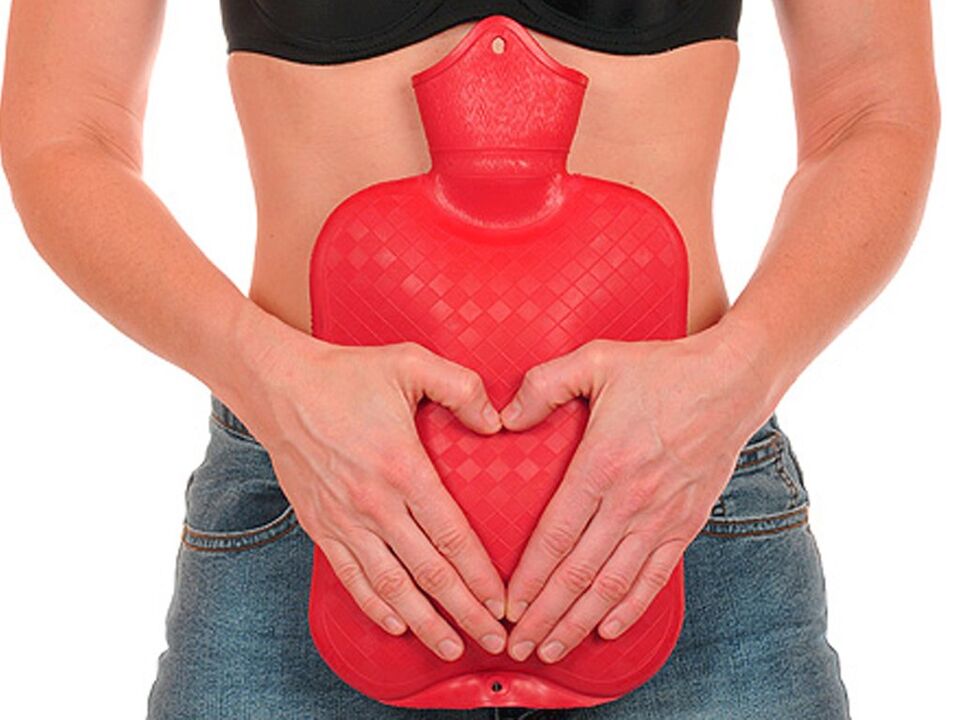In the urinary system, the bladder plays the role of the collector of the collector: the blood filter product that comes from the kidneys through the ureter.It is thanks to the bladder and two muscle rings, one of which adheres to the central nervous system, healthy people can do urine as needed, needs and opportunities."Possible" in the early stages of evolution is meant, first of all, a safe atmosphere;With the emergence and development of human civilization, urine begins to demand special conditions, that is, rest in social activities, places and/or solitude designed specifically from representatives contrary to gender.

Cystitis is a process of inflammation in the inner wall of the bladder;Diseases that cause specified physiological and psychological discomfort, as well as certain social maladaptation.Someone from the age and gender can face this accident, but it is not a coincidence that cystitis is sometimes called the curse of a modern woman (more precisely to say "one of the curses", as this is not the only disease).The main reason lies in the anatomy: compared to the male urethra (urethra) is shorter, more elastic, wider and more straight.This creates a very easy "door" for the penetration of ascending urogenital infections, the prevalence and the variety in the modern world.And although not every cystitis has a contagious nature, it is a mechanism described in its development that is a major factor in the difference in epidemiological intervors: according to different sources, in active women, cystitis occurs 6-8 times more often than men.
In general, statistical analysis allows you to evaluate problems in a variety of angles.Therefore, many sources indicate that at least one cystitis attack during life experiences at least half of all women;At least, each fourth or chronic illness (some authors also consider this data very low, as not everyone is looking for a doctor).According to medical documentation, in the clinic, among all urological patients, the portion of patients with cystitis reached 67%;At urology hospital, this indicator is 5-12% (in other words, the percentage of hospitalization in cystitis is also very high, which again confirms the social importance of the disease).The acute and chronic form of the form is about 2: 1.
The difference in the incident between the floor is equated to the elderly and the age of senil: in the older age category, the most sick male proportion of cystitis is comparable to the same percentage of women.But in a mature, young, young (and sometimes in adolescence or children), in life, it seems, happy!- Cystitis is located waiting and choosing especially women.
Cause
From the infection, the bladder wall is protected by nature, in essence, quite good;The power of the contagious etiology of cystitis is not caused by such weaknesses, but with a combination of high probability of infection with poor external and internal conditions, mostly related to life.The main risk factors include any acute and chronic infections in other body systems (from caries and colitis to acute respiratory virus infections -genitalia), hypothermia, hypovitaminosis, after surgical reduction, unhealthy diet, insufficient hygiene (difficult to imagine how insufficient hygiene skills and hygiene requirements are important).Tight, and more.Back to the question of statistical differences between genders, we mention others, in addition to anatomy, endocrine causes, that is, hormone background fluctuations (in particular, cystitis hunting associated with the menstrual cycle, pregnancy or menopause is considered separately.

We also note that infection can penetrate the bladder not only up, but also a decreased path - from the kidneys affected by nephritis.
Non-communicable forms include chemical-toxic (including drugs), allergies, radiation, traumatic, parasites.
Symptom
Classical symptoms of cystitis include, first of all, intensive discomfort during urination: scrubbing, pain, burning, and so on.Often, urine leaves the feeling that the bladder is not completely emptied;Many patients complain of recurrent or false impulse, notice the "leak" of urine in the linen or an important properties of the impulse (because, again, the cause of anatomy exists in women who often "have time to run" and therefore have to stay closer to the toilet).In some cases, clouds or mixtures of blood in the urine are lowered;Hematuria should be said to be the most dangerous symptom of urological and requires an immediate differentiation diagnosis, as the presence of blood in urine can be caused not only by cystitis, but also for the cause of life.
It is typical and, as a rule, severely stated with cystitis of pain syndrome: attractive or spicy, rupture or pain in the lower abdomen, often with irradiation in the throat or back.Without such pain or no more than 10% of all cystitis.With adequate immune response, general weakness, fever, weakness, headache is often intense.
The most possible and severe cystitis complications include its interstitial form, when not only mucus, but also a deeper muscle layer than the bubble wall involved in the inflammation process (eventually this can cause the flashes to cause excellent problems, as well as infertility, etc.).
Diagnostics

In addition to clinical reviews and standard urological examinations (however, many women prefer to treat cystitis not to urologists, but to "their" gynecologists, laboratory tests are prescribed. To date, many types of methods for detecting pathogens have been successfully used - as shown above, the most likely cause should always be considered bacterial infections, viruses or fungus.Cystography, biopsy and other studies are also prescribed.
Diagnostics
In addition to clinical reviews and standard urological examinations (however, many women prefer to treat cystitis not to urologists, but to "their" gynecologists, laboratory tests are prescribed. To date, many types of methods for detecting pathogens have been successfully used - as shown above, the most likely cause should always be considered bacterial infections, viruses or fungus.And other studies are also prescribed.
Treatment
Acute cystitis becomes a chronic, simple and dangerous turn: a gradual reduction of symptoms, despite its complete loss, does not mean recovery at all.Therefore, the signs of cystitis described above in any of their combinations (mainly due to these symptoms present in many other urological diseases) require immediate visit to the doctor, and not the patient's expectations, while "passing".Along the way, we notice that a large, smart, friendly, proven for centuries and other similar tips on the internet (where you can find suggestions in the range from reasonable to schizophrenia or fraud) is one of the frequent chronic factors and cystitis complications.
Based on the results of the diagnostic examination, the treatment regimen is always strict, always set, aimed at, first of all, to eliminate the cause of inflammation.In different cases, antibiotics, antiviral, antifungal drugs, immunomodulators and immunostimulants, antihistamines and anti -anti -anti -antispasmodic drugs can be used.Chronic infection sanitation in other areas is required, as well as the treatment of background diseases (nephrolithiasis, prostate adenoma, and others).In addition, diet, increased fluid intake and unpredictable regime to prevent hypothermia and other risk factors are required.Phytotherapeutic agents are prescribed exclusively by doctors, and he also controls the effectiveness of their administration.
Subject to these conditions, cystitis cures.




























